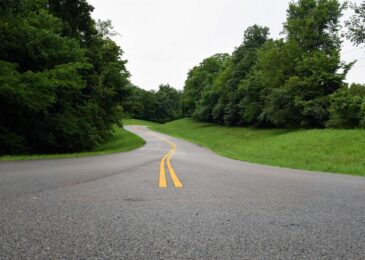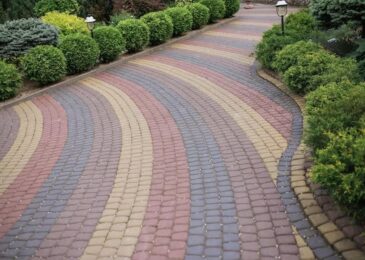Pine trees are often thought of as trees that require little to no upkeep. Left alone, they will continue to grow and provide a handful of benefits to you at your home. But have you wondered if there is anything you should do that would be beneficial to your trees’ health? If your landscape boasts some large pine trees, you may have even wondered at some point, “Can I trim my pine trees?” The answer is a resounding yes. Not only can you trim your pine trees, but it does in fact benefit them to do so.
Pine trees are very sturdy plants that can withstand many different climates: drought, sun, cold, and wind. They also thrive in a wide range of soil conditions. There are about 125 different species of pine trees, which are evergreen coniferous trees and part of the Pinaceae family. Pines are considered evergreens because they keep their needles for about two years and bring continuous greenery to your landscape throughout the year.
Benefits Of Having Pine Trees
Having a pine tree or multiple pine trees on your property has many perks. Their deep roots help combat erosion, their shed needles protect the topsoil from being worn away by rain and wind, they provide shade, they act as a windbreak or sound barrier, and they provide great privacy.
In addition to the benefits they provide for your home, they also create a wonderful habitat for the small wildlife in your area. The pinecones that start growing after the tree is a decade or two old provide food for the wildlife. Depending on the species of pine, you will see different animals favouring specific species of pine cones.
Pine trees also have medicinal purposes. While you’re not likely to use your tree as medicine, it is great to know that in addition to the clean air they provide, there are many different parts of the tree that promote health. Some parts of your pine have antibacterial properties, for example, while others have historically been used to treat asthma symptoms.
Another great way to use your pine tree is to take advantage of the incredible aroma the needles produce. When you want your home to be filled with their clean, cosy scent, all you need to do is grab some fresh needles and boil them in water on the stovetop. You can boil the needles by themselves or opt to add complementary ingredients for a richer fragrance.
Pine Tree Demographics
The life span of your pine tree can vary greatly. They can have a short life of around 100 years, but many have longer life spans—closer to 1,000 years. Some pine trees have been documented to be even older. Depending on the species of pine trees in your yard, smaller pines might only reach 5 feet tall, while larger species can reach a whopping 200 feet.
How Can I Help My Pine?
Now that you are more familiar with your incredible pine tree, it’s time to get back to the original question: “Can I trim my pine trees?” The answer is yes, but why should you trim, and when is the best time to do it?
Your pine trees will only occasionally need some care, but trimming the damaged or dead branches will promote lush foliage that grows abundantly throughout its life span. The other time trimming your tree is necessary is if there are any diseased or damaged branches. If you suspect your tree might be sick, it may be beneficial to have your local arborist diagnose your tree.
When Should I Trim My Pine Tree?
Spring is typically the best time of year to trim your pine trees. However, depending on the reason for trimming—pruning, removing diseased branches, or correcting damage from your pine—you may need to trim right away instead of waiting. If possible, though, it’s best to avoid trimming any branches in late summer or early fall.
Tips And Precautions For Trimming Your Pine Trees
If you’re adding a young pine tree to your landscape, there are a couple of things you can do that will benefit your tree in the future. Pruning your pine while it’s young will help shape your tree as it grows; this will help cut down on maintenance time when your pine tree is more mature.
Make sure you have all the tools you need for trimming your young tree. Gardening shears should work for most branches, but you may need a hand saw for thicker branches. Don’t forget your gardening gloves and goggles for protection.
Larger pine trees will require a chainsaw and possibly a ladder, depending on the height of your pine. If you are unfamiliar or uncomfortable with operating the equipment needed for larger pines, contact a local professional.
Cut dead or diseased branches all the way back to the collar, near the trunk. If you want to train your pine into the classic cone shape, trim the too-long branches by about one-third of the original length. The top branches should be kept six inches below the crown, or the top, thinner trunk of the tree. When your pine is young, about a third of the crown should be trimmed every year. This encourages thicker growth and greener needles.
If you’re looking to prune to encourage a dense growth pattern, then pinch back the new growth tips—also called candles—and break them in the middle by hand. Do not use sheers or they could turn brown.
Need A Hand?
Adding a pine tree to your yard will enhance your landscape, and it’s definitely a tree that will keep on giving over the years. If you have any questions or need help, our experienced team at Mr. Tree can help address your needs. With over 30 years of experience, our friendly, knowledgeable experts are happy to discuss our wide range of services. Give us a call. We are open 24/7 360 days a year.





